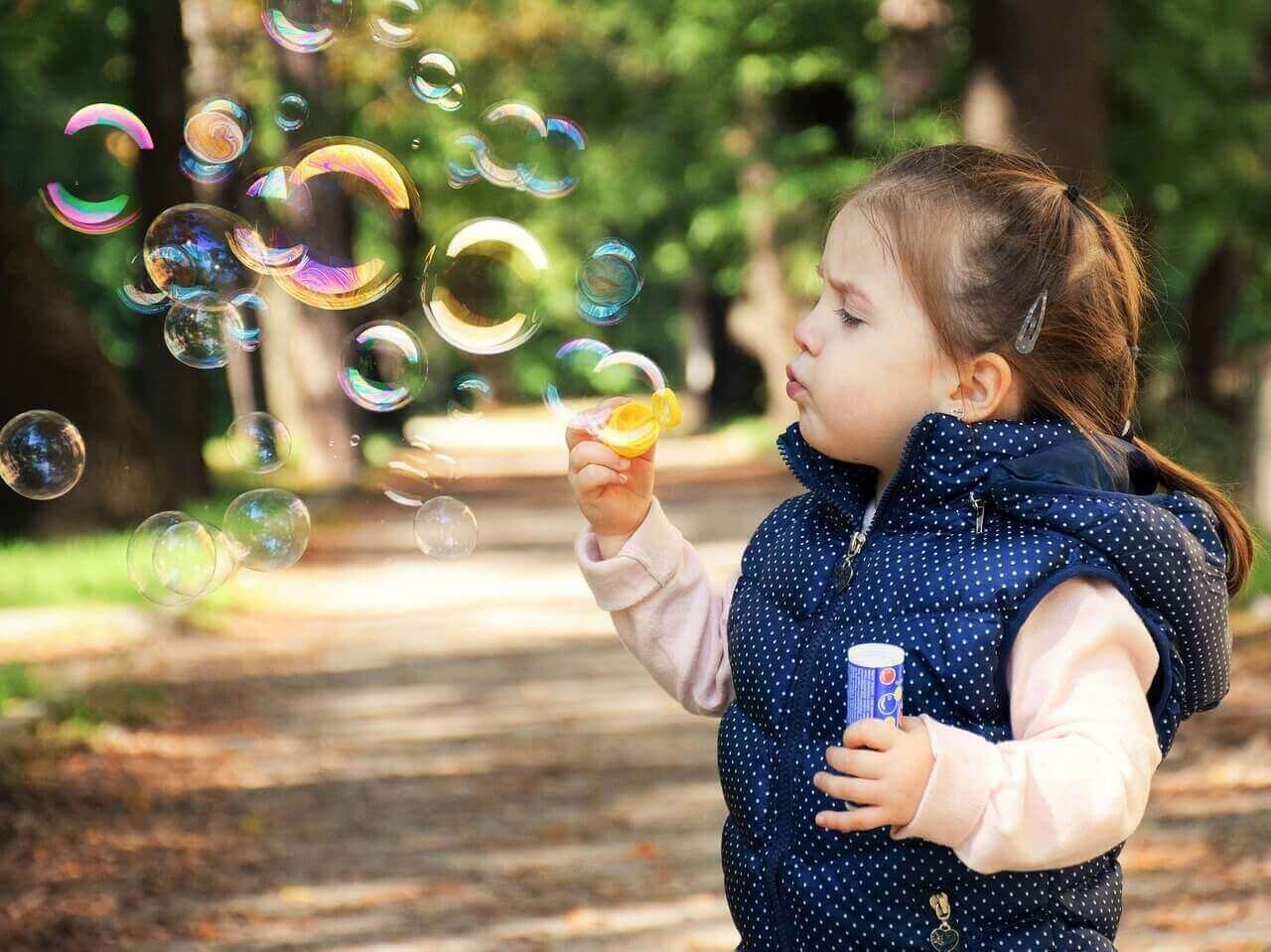While kids are surprisingly resilient, they don’t have immune systems as well-developed as that of a young adult. Children can even come down with colds 6 to 10 times a year—which is pretty much every 6 weeks for some of them. Keeping kids safe isn’t just a matter of ensuring that your home is clean all the time, it’s also about teaching them the habits that will help keep them safe when they’re outside as well.
Here are some ways you can keep your kids from being sick so often:
1.) Give What They Need to Stay Safe Outdoors
Protecting kids with face masks when they’re out and about should be a given, especially now when the COVID-19 pandemic is still ravaging across the world. Teach your kids that wearing masks is not only important to protect themselves, but more importantly, to protect other people who may get sick from their respiratory droplets. After all, children are more often asymptomatic carriers of the COVID-19 virus rather than individuals who actually end up getting seriously sick because of the disease.
2.) Use Glitter and Washable Paint to Teach the Importance of Handwashing
Handwashing is the single most important method we have for reducing the incidences of communicable illnesses. The idea of germs, however, can be quite abstract and difficult for small children (and even some adults) to understand.
You can illustrate the importance of proper handwashing and the idea of cross-contamination by using glitter or washable paint as a stand-in for germs. Once you get them on your hands, glitter and washable paint can spread everywhere from your touch—just like germs.
They’re also difficult to get off with just water. You’ll need soap and proper handwashing techniques to thoroughly remove them from your hands and other surfaces, making them the perfect items for illustrating the tenacity of germs and the importance of handwashing.
3.) Teach Them to Cover Sneezes and Coughs Properly
Make sure kids know that it’s rude (not to mention icky) to sneeze or cough without covering their faces. Teach them to always have a handkerchief or a pack of tissue paper with them if they’re coughing or feeling sneezy. You can also teach them to sneeze or cough into their elbow to keep other people from getting sick.
4.) Show Them Videos to Illustrate How Germs Make Us Sick
Learning more about how germs affect us can be very important, as it’s projected epidemics and pandemics will become more frequent in the future. But unless you’re a medical professional yourself, you may not necessarily understand how germs make us sick. It can be an incredibly complex process that doesn’t easily lend itself well to being taught to small children. But if they’re especially curious and won’t take “I don’t know” for an answer, that could open up a fun opportunity for learning.
Thankfully, there are plenty of videos specifically designed to help teach young children about this very subject. Videos can be an especially powerful way to help children and adults alike learn about very complex topics, as they can directly illustrate how germs and the human body interact. In a time where there are people still in denial of the science of germs, giving your children a good foundation in germ theory can prove invaluable for the rest of their life.
5.) Make a Game of Basic Hygiene
Let’s face it. Washing hands and brushing teeth aren’t exactly fun for most small kids. Even if you teach them about microbes and the necessity of taking steps to keep themselves safe and healthy, it will probably still be an abstract idea to them. This isn’t true just for kids either—many adults have a hard time with hygiene for the same reasons.
What they do understand very well though, is what a fun time is. You can use this to your advantage by turning hygienic practices into a simple game. Teaching them songs to sing while washing their hands is one simple example of “gamifying” hygiene. Another way is to have a paper calendar that tracks how often they bathe, wash their hands, or brush their teeth. You can then mark each instance with a star, heart, or whatever your kid’s favorite shape is.
To make the “game” more interesting, you can promise a small reward if they don’t skip brushing their teeth or washing their hands before meals for a couple of months or so. After some time, they will learn to associate hygiene with fun, hopefully for the rest of their life.
While it’s true that a child’s hygienic habits should be started as early as possible, it isn’t enough to just teach them to wash their hands and to avoid touching dirty surfaces. They should also be taught why we should do them regularly. That way, they will be better equipped to live in a world where widespread epidemics may become just another fact of life.

